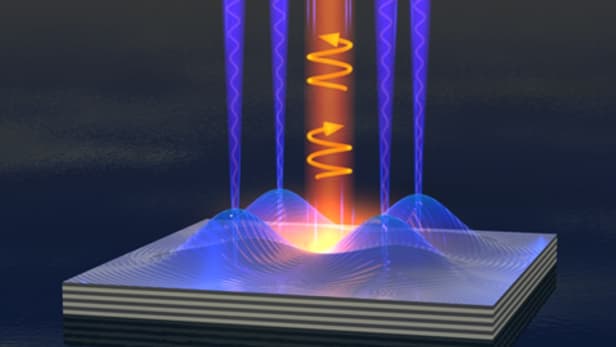
Breaking News
 Why Dual Engine Failure Changes Everything -- Louisville Crash Update
Why Dual Engine Failure Changes Everything -- Louisville Crash Update
 Transforming Storage Shelf / Workbench - Small Space Organization
Transforming Storage Shelf / Workbench - Small Space Organization
 Our 3-Step Strategy for a Stress-Free Pantry
Our 3-Step Strategy for a Stress-Free Pantry
 BEHIND THE DEEP STATE | The War on Farms
BEHIND THE DEEP STATE | The War on Farms
Top Tech News
 HUGE 32kWh LiFePO4 DIY Battery w/ 628Ah Cells! 90 Minute Build
HUGE 32kWh LiFePO4 DIY Battery w/ 628Ah Cells! 90 Minute Build
 What Has Bitcoin Become 17 Years After Satoshi Nakamoto Published The Whitepaper?
What Has Bitcoin Become 17 Years After Satoshi Nakamoto Published The Whitepaper?
 Japan just injected artificial blood into a human. No blood type needed. No refrigeration.
Japan just injected artificial blood into a human. No blood type needed. No refrigeration.
 The 6 Best LLM Tools To Run Models Locally
The 6 Best LLM Tools To Run Models Locally
 Testing My First Sodium-Ion Solar Battery
Testing My First Sodium-Ion Solar Battery
 A man once paralyzed from the waist down now stands on his own, not with machines or wires,...
A man once paralyzed from the waist down now stands on his own, not with machines or wires,...
 Review: Thumb-sized thermal camera turns your phone into a smart tool
Review: Thumb-sized thermal camera turns your phone into a smart tool
 Army To Bring Nuclear Microreactors To Its Bases By 2028
Army To Bring Nuclear Microreactors To Its Bases By 2028
 Nissan Says It's On Track For Solid-State Batteries That Double EV Range By 2028
Nissan Says It's On Track For Solid-State Batteries That Double EV Range By 2028
Liquid light switch bridges the gap between light and electricity

Scientists working at the University of Cambridge have used a form of liquid light to create a semiconductor switch that is so small that it not only blurs the distinction between light and electricity, but could also enable the development of much faster and smaller electronic components well into the future.
With the limits of Moore's Law looming closer day by day, the demand for faster, smaller electronics ever increasing, and microelectronics reaching the point where quantum effects are seriously challenging the continued use of electrons as a transporter of data, researchers the world over are exploring ways to solve these problems.
With contemporary methods used to convert between electrical signals and optical ones considered largely inefficient, University of Cambridge researchers believe that it would be better simply to cut out the middleman and mix the two together. In a quest to achieve this, the researchers created a switch using a new state of matter known as a Polariton Bose-Einstein condensate to combine electric and optical signals, while consuming infinitesimally small quantities of energy in the process.

 Carbon based computers that run on iron
Carbon based computers that run on iron

